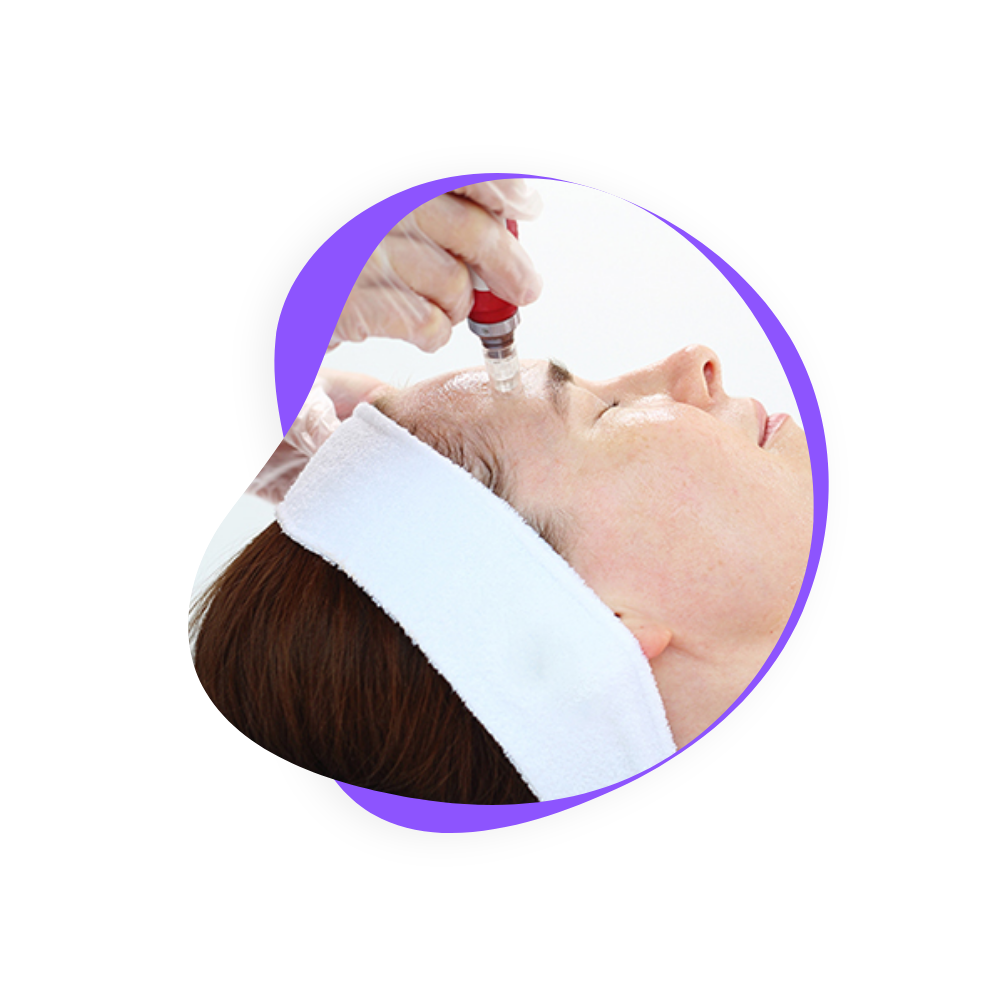The basis of regenerative medicine is restoring the tissue’s original function. Modern regenerative therapy makes use of natural biological polymers that release growth factors that are understood and recognized by the immune system. Collagen is the most widely used biological polymer because it is a part of the extracellular matrix in most living tissues. The versatility of collagen makes it a wise choice for use in joints, bones, connective tissues and skin. It does this by forming a network of fibers that repairs damaged tissue and facilitates cellular interactions.
Collagen forms a type of network or scaffold. This substrate influences the behavior of nearby cells, signaling to them to become more active. Proteins, ligands and other growth factors congregate at the collagen scaffold. This process allows collagen to engineer a specific scaffold for different types of tissues.
There are different types of collagen networks, with some being more common in skin and others more common in cartilage. Each collagen scaffold is unique and has the ability to generate the right type of new tissue based on its location in the body and its specific composition.

Fibrillogenesis is the process of forming fibers of collagen. In the body, the networks of fibers are highly organized and ready to receive signals from cells. The fibers are cross-linked with banding molecules. In collagen therapy, these bands are highly ordered and dense. The collagen fibers form a strong triple helix structure. Salts, pH, and nutrients all affect the fiber size and banding of collagen. These links play a big role in how collagen regenerative therapy helps with different medical conditions. The ligands attract other types of cells. This can be fine-tuned in order to regenerate the right amount of tissue, such as joint lining in a person with rheumatoid arthritis.

The density of the collagen fibers also affects the availability of nutrients to cells. When more nutrients are available, tissues can regenerate faster. The collagen can be combined with different acidic or basic solutions in order to facilitate the desired scaffold type and density for repairing a wide range of skin injuries and conditions. The micro-needling technique gets the collagen fibers and growth factors exactly where they are needed. This process works quickly and with fewer side effects than other skin treatments.
Monday:
Tuesday:
Wednesday:
Thursday:
Friday:
08.00AM – 05.00PM
08.00AM – 05.00PM
08.00AM – 05.00PM
08.00AM – 05.00PM
08.00AM – 05.00PM
Powered by GoloGuide